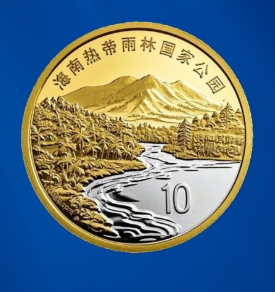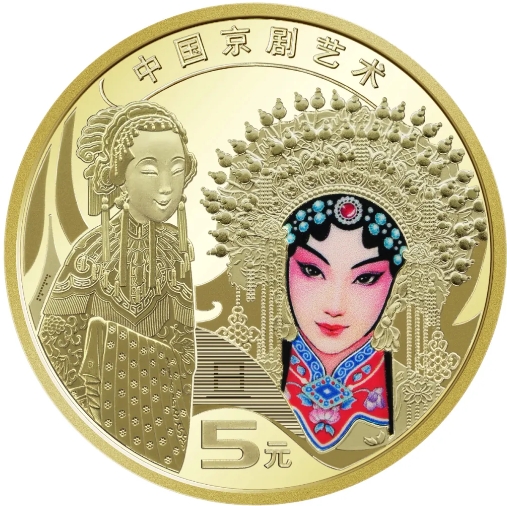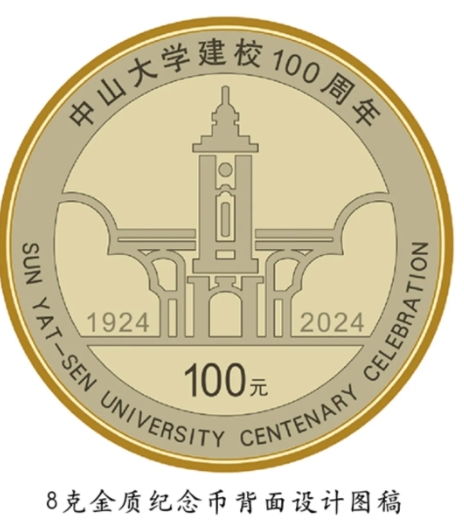

THE EXHIBIT:
Siam had never been colonized but were able to derive postal benefits from Straits Settlements, whose Strategic Geographical positioning as well as being a British dominion and a member of the Bengal postmasters’ circle. This has provided the vital postal connection for the former to the outside world. Great Britain itself had considerable interest in Siam and the British consulate in Bangkok had been performing postal duties for British citizens in Siam since 1858. Therefore, initially Indian stamps were sold for the purpose of pre-paying foreign destination mail. After 1867 Straits Settlements stamps could be purchased and eventually the “B” overprints were in predominant use for foreign destination mail between 1882-1885. Hong Kong stamps were also used in Siam as the Pacific route to the United States were opened in 1868.
The advent of the Siamese first issue in 1883 witnessed the gradual reclaiming of HER Sovereign postal system and by 1886 foreign postage stamp usages virtually disappeared after she joined the UPU. However Siam’s struggle against imperialism did not end until the early part of twentieth century when it had to cede some territories on the East Bank of Mekong River to France in 1904, and similarly the Northern Malayan States to Great Britain in 1909.
展品介绍:
暹罗虽未遭受过殖民统治,却因地理位置优越且为英国属地及处在孟加拉通邮圈中获得邮政利润。暹罗不但是内地连通外部世界必不可少的纽带,英国也不断从暹罗获取可观的收益。英国在曼谷的领事馆于1858年开始为居住在曼谷的英籍侨民办理邮政服务,并出售印度邮票供贴用,以此支付寄往海外信件的邮资。1867年英属海峡殖民地所加盖英文“B”字母邮票,也在1882至1885年间作为暹罗寄往海外邮资使用。当1868年至美国的太平洋邮路开通后,香港邮票也可以在暹罗使用。
1883年暹罗发行第一套邮票,标志着其邮政体制独立,外国邮票在暹罗的使用也随着其于1886年加入万国邮政联盟(UPU) 而成为明日黄花。然而,暹罗的反帝斗争直到20世纪初(1904年)让出湄公河以东部份土地给法国及1909年革让北马地区给英国才始告结束。









106